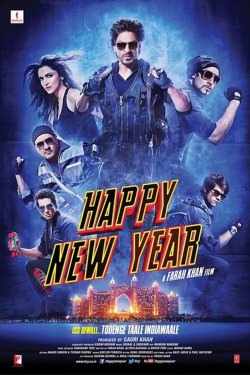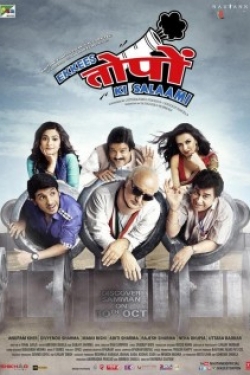Top Rated Films
Sanjukta Sharma's Film Reviews
-
This film exists as Sandler’s another jab at box-office success—which has absolutely nothing to do with the quality of writing or performance.
-
A dopey B-town love story. It’s best thing is the kitschy art direction
-
…after you have left the theatre, it is not gratification you feel, but the short-lived aftertaste of a music video or a good commercial. It eulogizes Bollywood, sure, but in a Bollywood-crazy nation it is like preaching to the converted. Surely there is more to the desire, madness, ugliness and fantasy in Hindi cinema, and to the millions who work here. If you wait to watch the terrible promotional video at the end of the film, satrring all our stars, you will most likely forget the best of Bombay Talkies.
-
In treatment and characterization, Paa has a certain breeziness and a brand of humour which, although awkward and laboured in parts, tries to remind us that life is worth living even when it sucks. It reaffirms the same positivity canon that many mainstream Hollywood films exploit while depicting disease and death. Francis Ford Coppola’s Jack and Robert Zemeckis’ Forrest Gump are just two examples. But despite the good, Paa should just have been Auro’s story; it should have been a story more deeply committed to the child—and other children like him—and his unique condition.



















